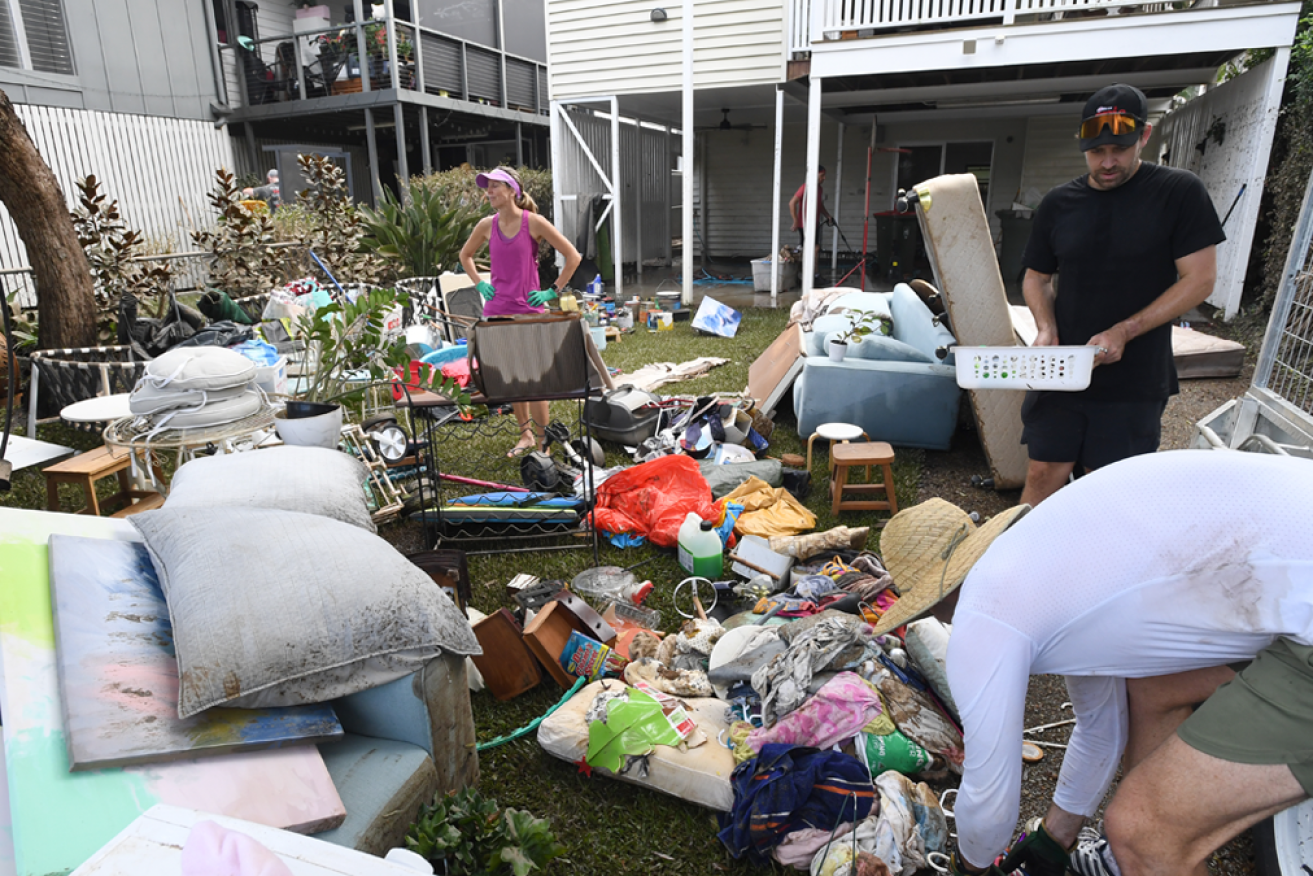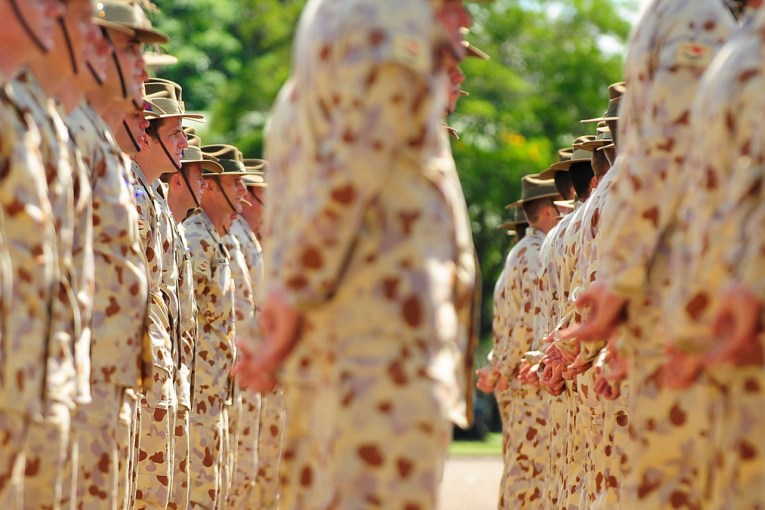When it comes to flood relief, cash is still king. Here’s where to donate


More than a thousand people lost homes in the NSW Northern Rivers floods. Photo: AAP
Money is the best way to help flood-affected communities in Queensland and northern New South Wales, relief workers say.
Several charities based within the region have been on the ground running evacuation centres and providing things like non-perishable food, toiletries and bedding.
One of those groups is Northern Rivers Community Gateway, based in Lismore.
“The challenge for us is that we’re located right in the CBD and our building’s actually gone underwater,” the organisation’s CEO Jenni Beetson-Mortimer told The New Daily.
After the 2017 floods in Lismore, NRCG put together a flood plan that involved relocating to higher ground, 10 kilometres from the river.
As last week’s unprecedented flooding submerged the central community hub, the group put its plan in action and headed up the hill.
“So we were able to just automatically start delivering emergency relief from there,” Ms Beetson-Mortimer said.
The organisation recently received donated items and even a few helping hands from as far away as Brisbane and the Gold Coast, but now the most useful way to contribute is to give money.
“We’ve got so many goods but if they send money, we can go and purchase from local shops, and that supports the local community as well,” Ms Beetson-Mortimer said.
Money is also preferable because NRCG and other organisations have been handing out supermarket vouchers for fresh food.
NRCG has published its bank details online for people to chip in.
Donating to different causes
Several national organisations have also been raising money to respond to the floods, some of which focus on different parts of the flood response.
Vinnies and the Salvos are providing food, dry clothes and financial aid for bills.
Food Bank is raising money to provide emergency hampers and bottled water to families in northern NSW. A donation of $35 can support an entire family.
The Australian Red Cross has been staffing evacuation centres in flood-affected towns, where they provide food, water and psychological first aid.
The NSW SES and Queensland SES – two volunteer rescue organisations that have saved countless lives during the floods – are also accepting donations as they continue to provide aid to communities that have been cut off from the outside world.

In addition to rescuing people as the rain poured down, the NSW SES has been delivering emergency aid to affected areas including Richmond. Photo: AAP
Beware of fake charities
In January, Australians lost $37,500 to fake charity scams, according to the ACCC.
“Unfortunately, we know scammers will often try to take advantage of our goodwill and generosity following a natural disaster,” Dr Gary Johns, commissioner of the Australian Charities and Not-for-profits Commission, told TND.
This organisation maintains a register of current and former charities so that people can verify whether an organisation is legitimate before donating.
“The register will show you information including [whether] a charity is officially registered, the kind of work it does, where it operates, its ABN, and a link to check if donations are tax deductible,” Dr Johns said.
“That means you can be confident that your donation is going to a really deserving organisation doing great work.”
Conversely, the ACCC provides tips on how to spot a fake charity.
Things to look out for include whether or not the supposed charity makes people feel guilty, and whether or not they can provide a receipt for each donation.
As a rule of thumb, it’s safer to seek out a charity yourself than to respond to an unsolicited appeal.
Donate directly to affected people
In the days after the floods started, more than 1000 fundraisers have been set up on GoFundMe for flood relief, raising more than $4 million for individuals and community groups.
Anyone can start a GoFundMe page, but the platform has checks and balances to ensure the money goes to the right people – these are called verified fundraisers.
In many cases, the fundraisers were started by friends or family of people who lost everything.
GoFundMe will only release the donations for a verified fundraiser when the actual recipient has been added to the fundraiser, and their identity has been confirmed by the website’s staff.
“In times of crisis, such as the current floods affecting parts of Queensland and NSW, crisis teams are appointed to monitor heightened fundraising activity, vet and verify all fundraisers,” the GoFundMe’s Australia director Nicola Britton told TND.
“Funds are held safely until the organiser is able to provide the documentation to our team about how they will be properly distributed.”
Unlike some formal charities, people who donate to GoFundMe campaigns can also receive a full refund if it turns out that the money is not being directed where it was promised.
Another online platform connecting flood-affected Australians with people willing to donate is GIVIT.
On GIVIT, people can make requests for specific items such as appliances, generators or even fuel vouchers.
Other users can then donate the specific amount of money needed to buy these things, or donate the goods themselves.
The NSW and Queensland state governments have both endorsed GIVIT as a way to help people get what they need urgently.

A flood aid hub was established at Wisemans Ferry, just north of Sydney. Photo: AAP
More than just goods
For organisations like NRCG that are based in the communities they serve, natural disasters affect them, too.
Several of the charity’s staff members lost their homes in the floods.
“And they’re still here, helping other people,” Ms Beetson-Mortimer said.
Other staff personally knew people who died in the floods.
But although these people are resilient enough to continue serving their community during a crisis, there is still rebuilding to be done.
After the 2017 floods, NRCG was unable to take out future flood insurance.
The 14.37 metre-high waters consumed the first floor of the charity’s main building, and dampened the second floor.
Once aid has been distributed to people in need, NRCG will start fundraising for its own reconstruction effort.
“We’re going to have to try and source the funding from somewhere,” Ms Beetson-Mortimer said.
“As a registered charity – a government funded NGO – all our monies are usually tied up in service delivery.”








